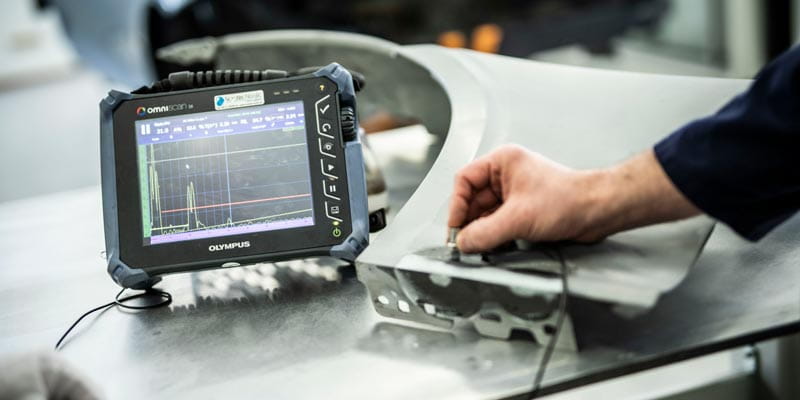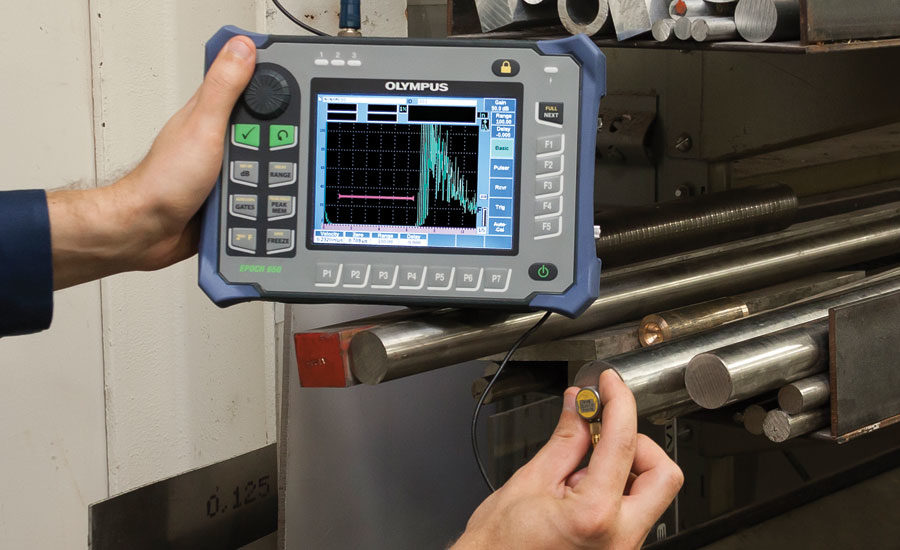Ultrasonic Testing (UT) or UT as it’s referred to can be used in a array of industries, ranging including automotive, aerospace as well as chemical, petroleum and power generation, bulk storage and offshore. UT is a set of techniques referred to by the name of NDT (Non Destructive Testing) techniques. Their use in the industry is to permit inspection of components and equipment without causing damage or affecting the conditions. This allows the testing and analysis of problems or degradation without further damaging the item or interfering with the highly controlled processes. Sonatest products are guided by the principles of simplicity, capability as well as Reliability. Innovation is at the heart of not just our development and design programmes but also our entire method of working. We aim to give you the best possible experience for working with and becoming a one of Sonatest families.
Perfectly Utilization of Ultrasonic Methods
Ultrasonic Inspection is a method of inspection that can be utilized for all metals as well as some non-metals, such as wood and concrete, however with less precision. In normal UT an electric probe is placed on the object that is to be examined when electricity is flowing across the object, the piezoelectric material inside the probe into ultrasonic waves transforms it. These waves pass through the probe and can be received with a separate probe or reflected back, and then taken in by that probe. The two methods of detection are correlated with distinct ways of working. If the waves reflect, back to be taken in by the same probe this is called “Reflection Mode” unsurprisingly. If you receive the wave from the other side of the spectrum by an additional probe, this is known in the field of “Attenuation Mode”. The two methods use different approaches for interpreting the data but both require highly trained technicians to analyze as well as interpret results and then report the shortcomings.
When using the standard UT it is necessary to connect a couplant to connect the transducer (the part that emits the ultrasonic sound) and the substance being examined, which is typically an oil, gel or water? It is used to improve the quality of the images that are received. Ultrasonic is not a good choice for testing air generally. Contrary to this, however it is a type of ultrasonic testing that may perform in instances where it is not possible to use a couplant. A transducer, also known is the Electromagnetic Acoustic Transducer (EMAT) is an alternative to generate the sound directly inside the material as opposed to the probe itself and directing it towards the surface. EMAT is a relatively new technology, but it has been used in a variety of industries already.
Testing or Inspection Equipments Related to Ultrasonic
Ultrasonic test equipment may take various types however; the most popular kind of ATE is an test equipment for immersion. Squirter systems are commonly employed for the inspection of aerospace composite materials and parts with complex geometry. In order to achieve acoustical impedance of the couplant to the titanium plate which is the object for the testing (unit being tested) and to ensure freedom of movement across every surface on the UUT the majority of test equipments use an immersion tank that is filled with water. The equipment is equipped with at least one ultrasonic transducer that are moved across the UUT’s surface. It is able to receive echoes from surfaces. The process repeats many times per second. Each time, it produces one pulse and subsequent echo. Software for application sets tests and then the presentation. Motion control is used to move through the transducers’ ultrasonic coils. The ultrasonic signal generated by the transducer is amplified and then filtering before being transmitted back into the computer. The waveform is transformed from voltage into bits using an analog to digital converter. The application software manages the data. The dimensions of test equipment can be wildly different in aerospace for instance, anything from 17-axis scanning bridges. Acoustic microscopes employ high ultrasonic frequencies as well as high-resolution scanning units.

Ultrasonic Transducers
Ultrasonic transducers are made of piezoelectric ceramics, which vibrate at ultrasonic frequency. Piezoelectric materials that are used in ultrasonic transducers for field service are usually contact sensors that are shaped on the surface that is to be examined. The standard Immersion Ultrasonic Transducers operate according to the principle that, in ultrasonic the voltage’s amplitude will be proportional to energy that is echoed by the defect. When testing in the immersion mode the ultrasonic signal must pass through water prior to reaching the UUT. When the length of distance established it is possible to implement a trigger delay. be used to reduce the amount of useless data that is stored and recorded. There is a balance between speed, resolution, channels count, data throughput and price. However, technology is changing and the trade-offs mentioned above are likely to be insignificant when it comes to price.
